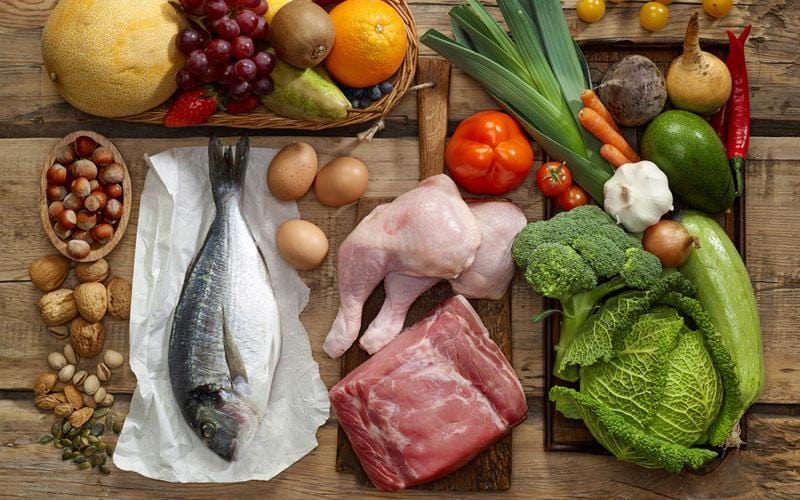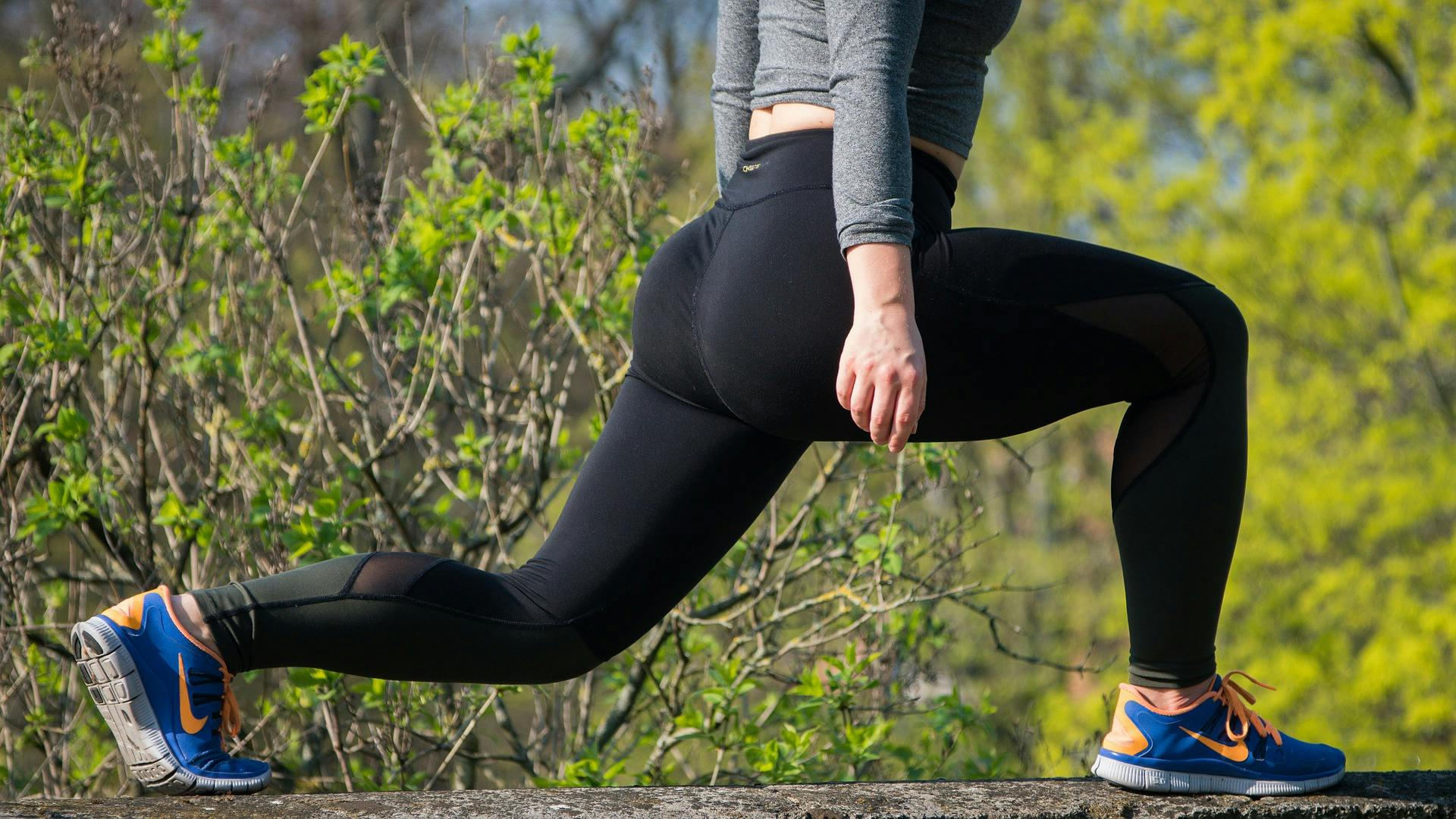The Paleo Diet is one of a number of diets out there in the health and fitness world. As with most other diets, the Paleo Diet has its pros and cons. While it has been criticised as being unsustainable over the long term and therefore not as effective as other diets, it is still surprisingly popular.
An American study fount that when asked which diet they were more likely to try, more Americans chose Paleo than any other option. 57 percent of the people surveyed wanted to change their diet to eat healthier and only 10 percent wanted to lose weight.
What is the Paleo Diet?
The Paleo diet is based on eating only what was available to our Paleolithic ancestors. This includes:
- Fruit and vegetables
- Meat and seafood
- Eggs
- Nuts and seeds
- Fats and oils (but not vegetable oils)
Foods to avoid on the paleo diet:
- Grains and cereals
- Dairy eg milk, cheese, yoghurt
- Legumes eg beans and soy
- Potatoes
- Refined sugars
- Processed foods
- Anything that wasn’t available back in the caveman days
As with other diets it varies between person to person on how strictly they follow the diet. Some people will eat mostly paleo but still include dairy products while others might include small amounts of grains.
Paleo Diet Benefits
Many people embark on the Paleo diet as it is reported to eliminate lifestyle diseases such as obesity, allergies, diabetes and so on. It is true that our Paleo ancestors would have very unlikely suffered lifestyle diseases such as obesity, diabetes, and heart disease. Part of this was down to lifestyle and mortality rates. The average age expectancy was much lower and living in the wilderness was a tough life. If they wanted food, they couldn’t just order a pizza or drive down to the shops. Hunting was laborious and never guaranteed success, and foraging could mean hiking many kilometres per day.
The other contributing factor was their diet. It was not so much the foods they ate, but rather the foods they didn’t. Many of the foods in our modern day diet are processed. While they most likely taste better than barbequed game meat, they can be high in saturated fat, sugar, and/or salt. A diet high in saturated fat, sugar, and salt, combined with the increasingly more common sedentary lifestyle, is a recipe for poor health. The Paleo diet eliminates many foods high in these “nasties” and can therefore improve overall health.
Scientific studies investigating the benefits of the Paleo diet have shown that it can help with weight loss, improved glucose tolerance, and decreased blood pressure among other things.
Bodybuilders and athletes can find success with the Paleo diet as it is typically high in protein. Compared to an average modern diet containing 55% carbohydrates and as little as 15% protein, the Paleo diet can make up to 35% protein and 40% carbs, making it ideal for providing adequate protein for building and maintaining muscle mass.
Paleo Diet Negatives
Although following a Paleo diet can eliminate many unhealthy foods, it can also exclude beneficial and healthy foods too. The strict paleo diet excludes whole grain cereals (such as oats) and dairy – these foods are often used by bodybuilders and athletes as part of a healthy and anabolic (muscle-building) diet. Whey protein is derived from dairy and is also highly processed so is not allowed on the Paleo diet. While it is possible to reach daily protein intake without whey protein it can be difficult and costly.
For people who struggle to gain or maintain muscle mass or weight, the paleo diet can make it hard to meet their macronutrient targets. A strict Paleo diet is typically very high in fibre, which is great for general health. However, dietary fibre is bulky and filling, which makes it difficult to consume large quantities of food for mass gaining. Although protein is important on a bulking diet, it is also necessary to consume a large amount of carbs, especially for hard gainers. Eliminating cereals and grains means that rice and pasta is out for bulkers, and so are potatoes, all of which are great for the bulking bodybuilder or athlete.
Finally, as with any strict diet, following the Paleo diet can be inconvenient and difficult to stick to in social situations. Unfortunately our culture revolves around food and most socialising includes going out for takeaways or staying in for a meal. It can be difficult when following a strict diet to find suitable options when eating out and even harder if someone else is cooking. While it is possible to socialise on the Paleo diet it does require more preparation and determination.
The US News and World Report 2017 ranked the Paleo diet 36 out of 38 for diets to follow. They criticised it as being unsustainable in the long run, and therefore not as effective as people will be unable to stick to it.
Conclusion
The Paleo diet certainly has many benefits which have been scientifically proven to help you achieve better overall health. However, it is a very restrictive diet and may be hard to follow over the long term. The Paleo diet may be better suited to some people than others. It is possible to follow a more relaxed version of the Paleo diet to improve diet and health. Start by consuming a good variety of meat, seafood, vegetables and fruits, and avoiding refined sugars.
One thing for sure, our Paleolithic ancestors’ active lifestyle was largely responsible for the lack of lifestyle diseases. Try to incorporate more walking and active activities into your everyday life. You could also strength train like you might have to take down a beast or two for dinner.




